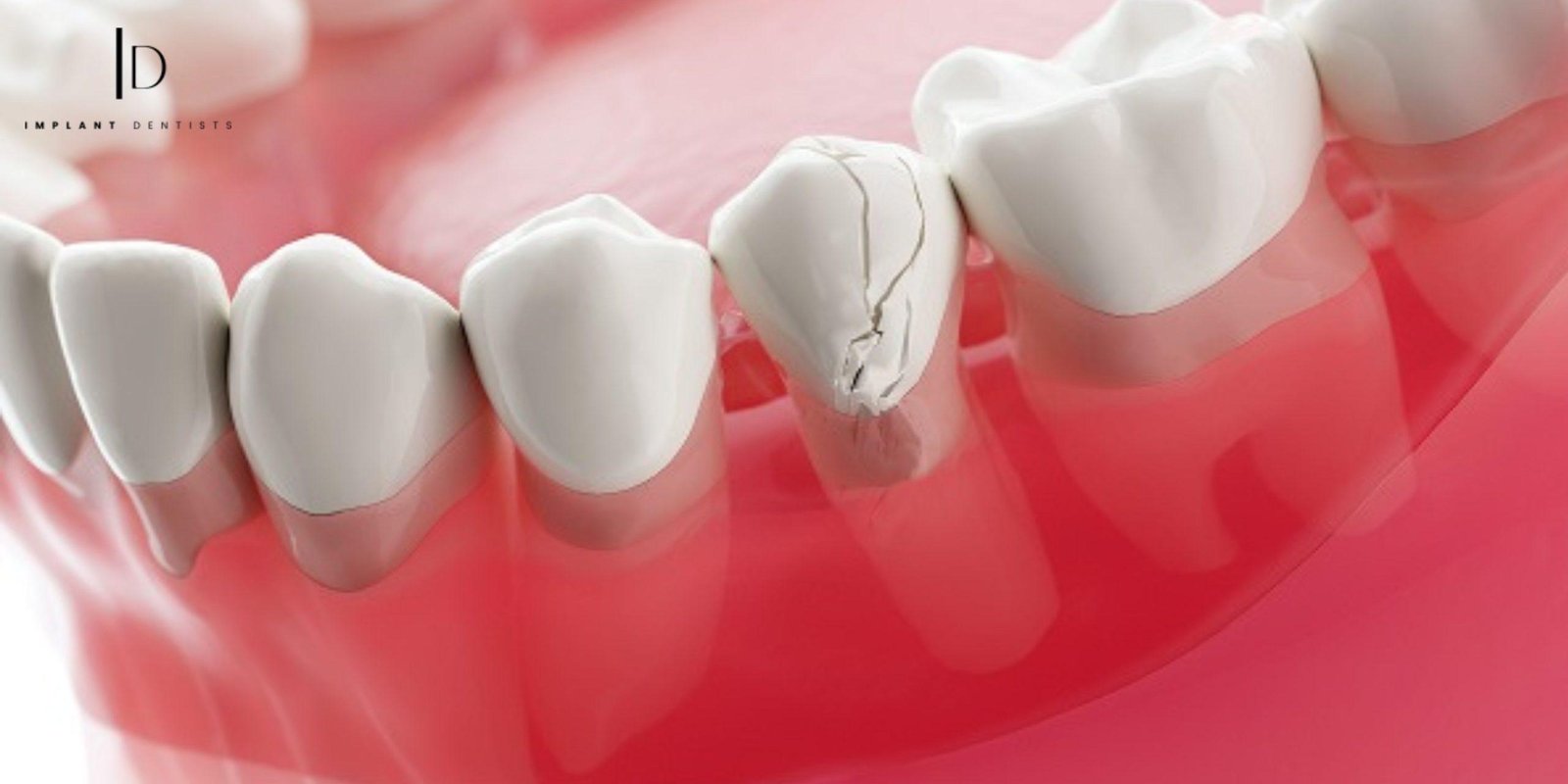
The Complete Guide to Repairing Broken Teeth| Causes, Types, and Treatment Options
February 16, 2024A broken tooth can be an uncomfortable and distressing experience, but the good news is that modern dentistry offers various effective solutions for repairing it. Seeking prompt dental care is essential when it comes to a minor chip or a severe fracture. This is important to prevent further damage and maintain oral health. Now, we’ll delve into the causes of broken teeth, different types of fractures, and the repair options available.
Here are Some Causes of Broken Teeth
- Trauma: Accidents, falls, or sports injuries can result in broken or chipped teeth.
- Tooth Decay: Untreated cavities weaken the tooth structure, making it more susceptible to fractures.
- Biting Hard Objects: Chewing on hard objects like ice, nuts, or unpopped popcorn kernels can cause teeth to crack.
- Bruxism: Habitual teeth grinding or clenching can lead to enamel wear and tooth fractures over time.
- Poor Dental Hygiene: Neglecting oral hygiene practices can lead to decay, weakening the teeth and increasing the risk of fractures.
Here are Some Types of Tooth Fractures
- Craze Lines: Superficial cracks that affect only the enamel and don’t cause pain.
- Chip: A small piece of the tooth breaks off, usually from the edge.
- Cracked Tooth: A crack extends from the chewing surface of the tooth towards the root, causing pain when chewing.
- Fractured Cusp: The pointed chewing surface of the tooth breaks off.
- Split Tooth: The tooth splits into distinct segments, often necessitating extraction.
- Vertical Root Fracture: A crack that starts from the root and extends towards the chewing surface.
Repair Options for Broken Teeth
The appropriate treatment for a broken tooth depends on the extent of the damage and its location. Here are some common repair options available to address such dental injuries:
- Dental Bonding: Dentists use dental bonding to fill in minor chips or cracks with a tooth-colored composite liquid.
- Dental Veneers: Thin porcelain or composite veneers can be bonded to the front surface of the tooth to cover chips or cracks and improve its appearance.
- Dental Crowns: When a significant portion of a tooth is lost, dentists place a dental crown over the remaining structure. This process helps restore the tooth’s shape, function, and strength.
- Root Canal Therapy: If a crack extends into the pulp chamber, causing pain or infection, root canal therapy may be necessary to remove the damaged tissue and save the tooth.
- Dental Implants: When a tooth suffers severe fractures and cannot be saved, extraction becomes necessary. In such cases, a dental professional may recommend placing a dental implant to replace the missing tooth.
- Mouth guards: For patients who grind their teeth (bruxism), wearing a custom-made mouth guard while sleeping can prevent further damage to the teeth.
Conclusion
A broken tooth can be a painful experience. It can also be unsettling. But with prompt dental care, most cases can be effectively treated. Function and aesthetics can be restored in these cases. If you experience a broken tooth, don’t hesitate to contact your dentist for an evaluation and appropriate treatment. Early intervention is important. It can prevent further complications. And help maintain your oral health in the long run.
